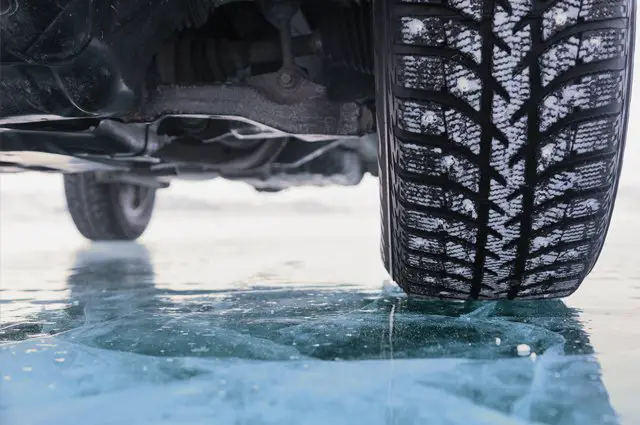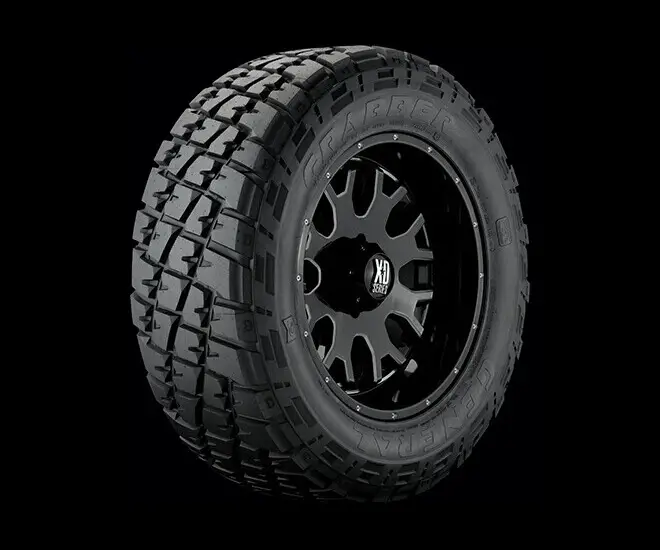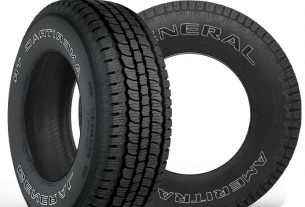
Are Wider tires better on ice or should we choose skinnier ones?
Well, this is a question that is quite hard to answer properly because it depends on a lot of factors like car weight, tire dimensions, etc.
Table of Contents
What is Traction?
Traction moves the car forward. To achieve traction, you can go two ways: wide contact area, thus wider tires or more pressure/square inch thus skinnier tires. If you increase the contact area too much, the surface force/square inch will get lower up to the point you will have no traction at all. If you use skinnier tires you will get more pressure/square inch but your tires will have to support the same load since the car won’t get any lighter.
Thus, traction is a ratio between these two: pressure and contact. In theory, if you constantly increase one, the other one will decrease until traction will be zero, but this in theory. Practically you cannot increase pressure too much because the tires will just explode. At the same time, your car has a certain space for tires so you cannot install wider and wider ones because, at some point, you will fill up the entire space.
How about on dry roads?
Well, on dry roads we have only one suggestion: GO WIDE. Rubber and dry tarmac are instant love. In this case, the wider the better. Your car will handle better, will corner better and faster and will respond quickly to your commands. Fuel consumption will increase a bit since wider tires mean higher friction and more weight/tire.
Traction in Wet conditions?
Well, it depends on what type of tires do you have on your car. Usually, fat tires are better, than skinnier ones, in the rain. That is on normal roads. Most tires have sipes (designed cavities) that will trap water and remove it from the contact zone. This way, the tire will make contact with the tarmac and will have traction. Narrow tires will achieve the same thing but using the pressure/square ratio. Thus, they require fewer sipes.
You have to remember to always reduce the speed in the rain. Even if your tires are designed to trap and remove water from contact areas, the second you will encounter a puddle you might get into some serious problems: there will be to much water for your tires to handle. Because of these factors, we recommend to chose wider tires in the rain.
Traction on ice
The general rules say that narrower tires with taller sidewalls are preferred for snow and ice driving. Narrower tires increase the contact pressure which helps a lot in this type of situation because on ice it forms a thin layer of water between the ice and your tires, and that layer of water is responsible for sliding. Thus, more contact pressure will help to remove that thin layer and your tires will have better contact with the ice. Also, taller sidewalls allow the tire to move laterally, up to a certain degree, before sliding. This happens because sliding friction is smaller than static friction on ice and snow.
Because of that thin layer of water, that forms between the ice and the tires, traction will be worst on snow and ice in warmer temperatures and better in colder temperatures.
If you want to buy some new Winter Tires check out our TOP 5 Best Winter Tires .


